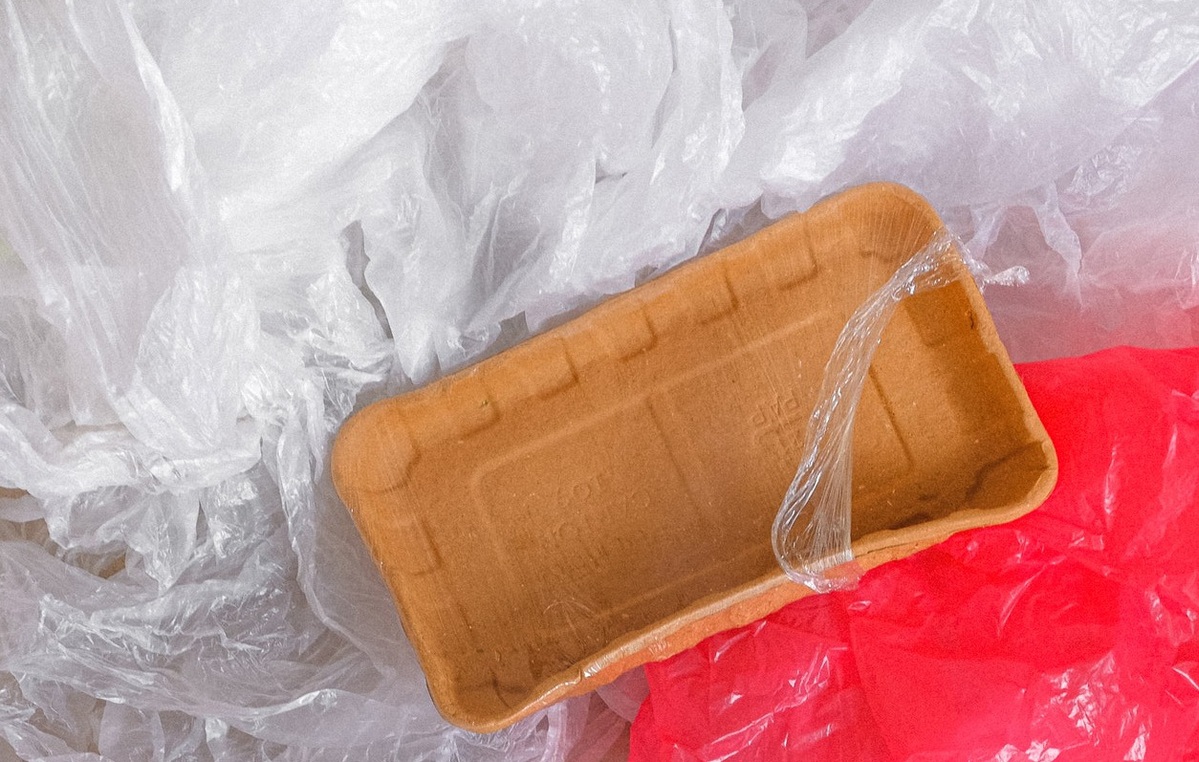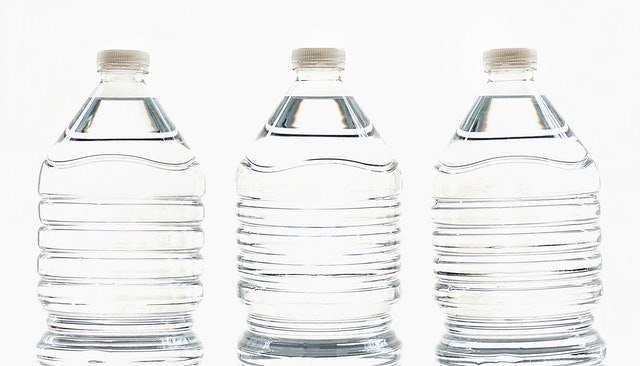

:2021-11-22 来源:CHINADAILY.COM.CN 分类: Voice

Microplastics are “one of the greatest manmade disasters of our time”, according to the Natural History Museum. That’s bad news, given they are also everywhere; in tap water, the food you buy, the clothes you wear and the air you breathe.
The largest microplastics can be seen by the naked eye and are anything under half a centimetre in size. But many of them are small enough to act like specks of dust which we can inadvertently breathe in or eat in food. The smallest particles are called nanoplastics and they are small enough to get their way deep into the human body.
New findings from the University of Portsmouth show that there is so much synthetic material in our homes that we might be breathing in up to 7,000 microplastic particles a day. Using specialist equipment, they measured a typical family home and found the highest concentration of it was in the bedroom of the eight-year-old daughter, whose room was decorated with plastic-based bedding, carpet and soft toys.
Although research is in its infancy, the risks of these plastics could be serious – some studies have linked high exposure to cancer risk and disrupting our hormones. In animal studies, the particles have been shown to affect metabolism, gut bacteria and the immune system, among other things.
It is not yet known what a healthy level of microplastics might look like, but Dr Sabine Donnai, CEO of the Viavi clinic, is adamant that many people in the West are over the threshold. In tests at her clinic, patients often come back with dangerously high levels of plastic in their bodies, she says.
1 Avoiding reheating takeaway food in plastic boxes
Any time plastic containers are heated, chemical changes in the material mean it can leach microparticles into your food. If you can’t avoid the takeaway boxes, try not to reheat food in them when having leftovers. Instead, decant them to a plate.

2 Using a glass water bottle instead of a plastic one
Canadian research from 2019 found that bottled water contains 22 times more microplastics than tap water, meaning someone who exclusively drinks bottled water would imbibe 130,000 more particles a year, compared to 4,000 from tap water.
She recommends using a glass bottle when you’re on the go, and filling it with water that has gone through a reverse osmosis filter, which can help to remove the microplastics in tap water.
3 Avoiding using cling film on hot food
“Cling film is bad: never microwave it or put it on hot food,” says Donnai.
4 Using metal or glass coffee cups
The heat of the coffee will encourage the plastic to leach into your drink. Instead, bring a reusable glass cup for takeaways or consider drinking your coffee in a cafe.
5 Swapping plastic baby bottles for glass versions
To reduce your baby’s exposure, you could think about swapping plastic baby bottles for glass versions. Alternatively, you could use other methods to sterilize that don’t involve heating, like UV light sterilization machines or with sterilizing powder or tablets.
6 Stopping chewing on the end of pens
Donnai also suggests looking at other sources of plastic in your children’s lives, including baby chewing toys or dummies which are particularly harmful because they go in the mouth. Similarly, she recommends that adults stop chewing on the end of pens.